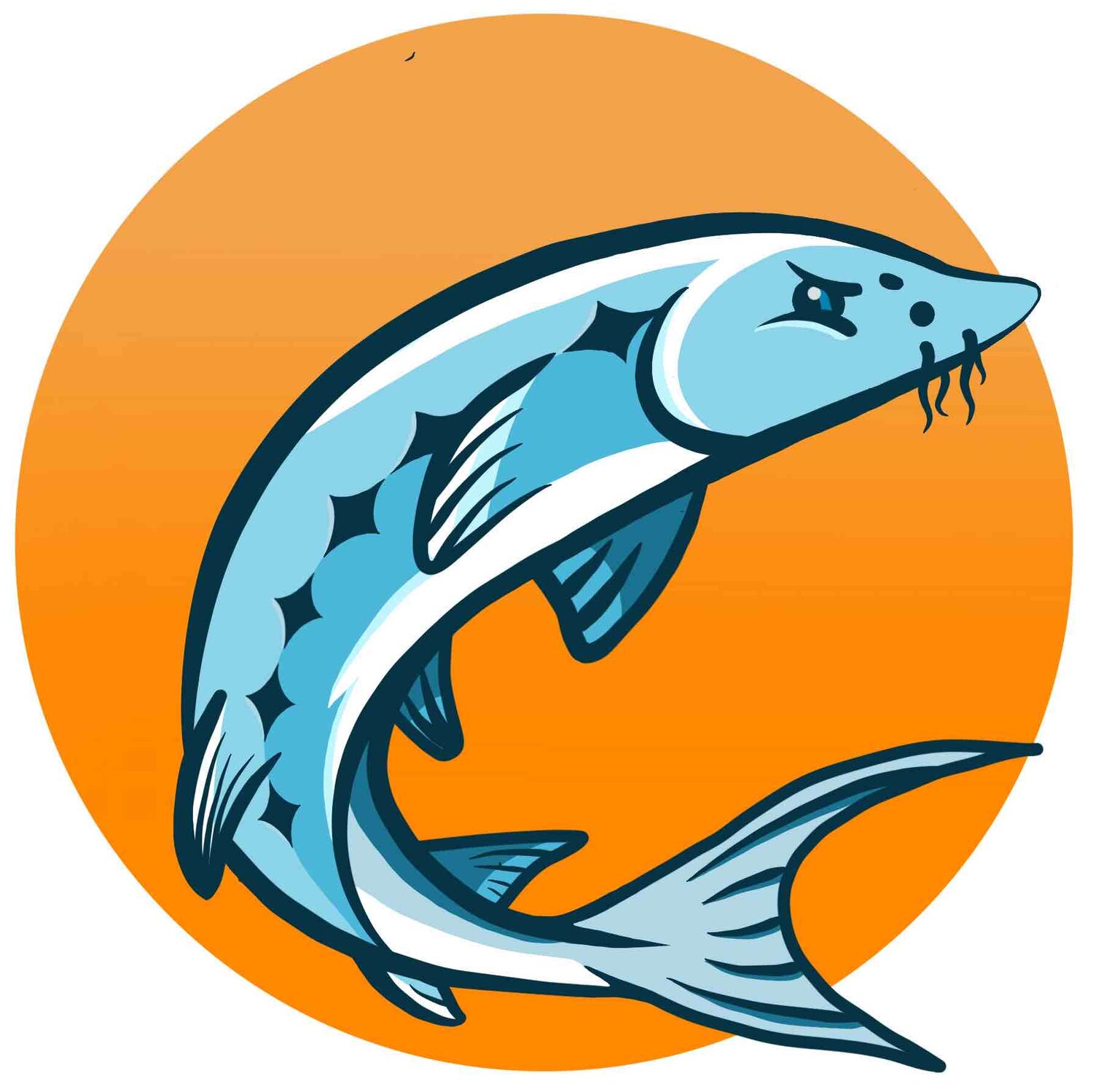Forensic Science 1
Forensic Science is content driven and standards based. Content driven means that it will incorporate things you learn in your core classes (math, science, language arts, social studies) because in life we do not separate subjects, they are all blended together in everything you do! Standards based means it will follow the state and national common core standards (this means we are following learning goals of our nation).
Forensic Science is inquiry-based and constructivist in style which means
Students will be practicing critical thinking skills
Students will be designing solutions to problems and then testing these solutions
Students will be thinking outside the box and utilizing reasoning skills
In 11th grade you will be exploring concepts such as fingerprints, odontology, anthropology, soil/imprints, and crime scene reconstruction. Within every project you will be faced with a “problem or issue” that requires a solution. This means you will be learning the foundational knowledge in order to design and construct a solution. You will also be evaluating and analyzing what makes a procedure “scientific” and what evidence should be considered flawed.
Course time frame: 18-22 weeks (1 trimester) x 3 = full year
Daily 90 minutes
Credit: Science (Lab)
Google classroom: https://classroom.google.com/u/0/c/MjE5MDA5NjI2
Course FAQs
What are my technology needs?
You will login to Google Classroom and utilize this platform for work submission. You will also need to be proficient in the use of Google Drive, including GoogleDraw, GoogleSlides, GoogleSheets, and GoogleDocs. Other programs we use include TinkerCAD, SketchUp, LucidPress, and WeVideo.
What are the prerequisites I need in order to take this class?
None.
Why should I take this course/What are the benefits?
There are 8 specific reasons you should have a well-rounded STEM education:
Fosters ingenuity and creativity: Ingenuity and creativity can pair with STEM and lead to new ideas and innovations. Without ingenuity and creativity, the recent developments in artificial intelligence or digital learning would not be possible. These technologies were created by people who learned that if the human mind can conceive it, the human mind can achieve it.
Builds resilience: During STEM education activities, students learn in a safe environment that allows them to fall and try again. STEM education stresses the value of failure as a learning exercise, which will enable students to embrace mistakes as part of the learning process. This allows students to build confidence and resilience, which will enable them to keep going when the going gets rough. After all, failure is part of a process that ultimately leads to success.
Encourages experimentation: Without a little risk-taking, and experimentation, many of the technological advancements that have occurred in the last couple of decades would not be possible. Many of these innovations were created by people who were told that their ideas wouldn’t work and their response was, “Let’s try it and see.” This type of attitude can be encouraged with STEM. How can you accomplish this? By allowing students to experiment and take risks during learning activities.
Encourages teamwork: STEM education can be taught to students of all ability levels. Students of varying levels of ability can work together in teams to find solutions to problems, record data, write reports, give presentations, etc. The end result is students who understand how to collaborate with others and thrive in a team-oriented environment.
Encourages knowledge application: In STEM education, students are taught skills that they can use in the real world and in their everyday lives. This motivates students to learn, as they know that the skills that they acquire can be utilized immediately, and in ways that positively impact them and their loved ones. The ability to apply their knowledge to new and novel tasks will bode well for them when they enter the workforce.
Encourages tech use: STEM learning teaches kids about the power of technology and innovation. So, when students encounter new technologies, they will be prepared to embrace them, instead of being hesitant or fearful. This will give them the upper hand in the global landscape, as the world is becoming increasingly tech-centered.
Teaches problem-solving: STEM education teaches students how to solve problems by using their critical thinking skills. By engaging in STEM learning experiences, students learn how to examine problems and then create a plan to solve them.
Encourages adaptation: To succeed in life, students have to be able to apply what they have learned to a variety of scenarios. STEM education teaches them to adapt the concepts that they learn to various iterations of a problem or issue.
What standards does this course cover?
Here is the NGSS link to the engineering standards with cross-cutting concepts we utilize in STEM. https://www.nextgenscience.org/sites/default/files/HS-ETS1%205.6.13With%20Footer.pdf
HS-ETS1-1 (Analyze a major global challenge to specify qualitative and quantitative criteria and constraints for solutions that account for societal needs and wants)
HS-ETS1-2 (Design a solution to a complex real-world problem by breaking it down into smaller, more manageable problems that can be solved through engineering.)
HS-ETS1-3 (Evaluate a solution to a complex real-world problem based on prioritized criteria and trade-offs that account for a range of constraints, including cost, safety, reliability, and aesthetics as well as possible social, cultural, and environmental impacts.)
HS-ETS1-4 (Use a computer simulation to model the impact of proposed solutions to a complex real-world problem with numerous criteria and constraints on interactions within and between systems relevant to the problem.)
In addition to Engineering Standards, each grade level will tackle the specific content science standards for each project (ex: Chemistry, Botany, Matter and Interactions, Physics, etc.)
How do you grade my work in this class?
Wahtonka Community School uses a proficiency based grading system. Your grade is based upon rubrics with specific standards and requirements. In order to gain credit for this class you must meet these standards at the proficient or mastery level.
Mastery
Letter = A+, A, A-
GPA = 4.0, 3.75, 3.5
Credit = 0.33
Proficient
Letter = B+, B, B-
GPA = 3.25, 3.0, 2.75
Credit = 0.33
Developing
Letter = C+, C, C-
GPA = 2.5, 2.0, 1.75
Credit = 0.15 - 0.05
Basic/Emergent
Letter = D, F
GPA = 1.5, 0
Credit = 0



